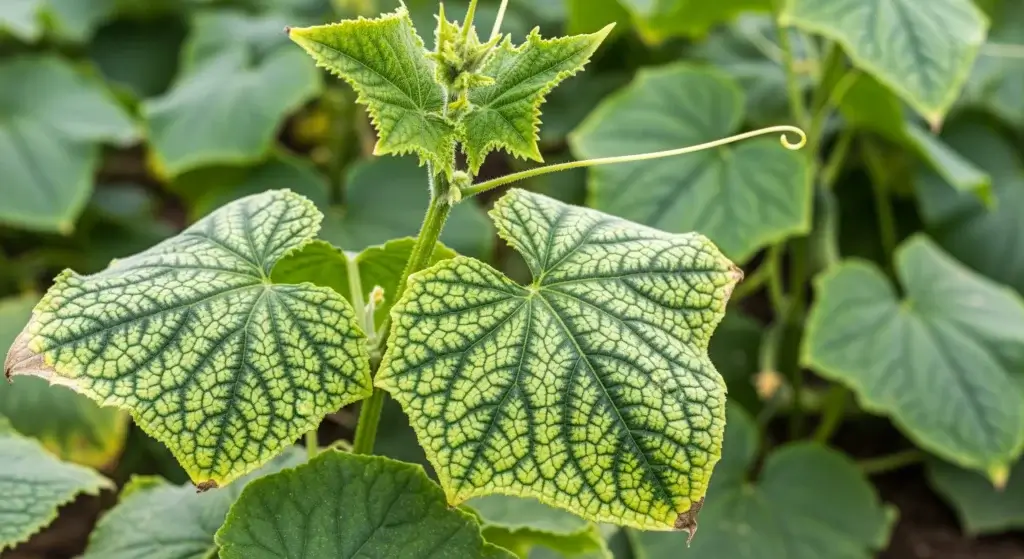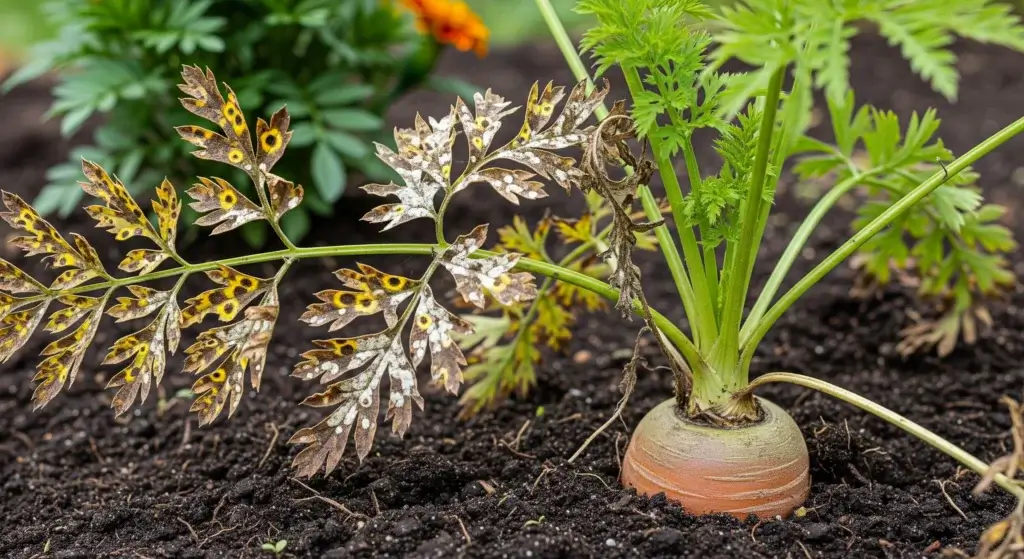
Tomato hornworms can be a frustrating pest for gardeners, as they can cause significant damage to tomato plants.
In this blog post, we will discuss how to identify tomato hornworms, natural removal techniques, the importance of prevention, and when to consider other options.
Identifying Tomato Hornworms
Tomato hornworms are easily recognizable caterpillars due to their large size and distinctive features.
They have white stripes along their bodies and a prominent horn-like protrusion on their rear end.
Growing up to 4 inches long, these pests pose a threat to tomato plants by feeding on both leaves and fruit, causing significant damage.

Signs of a Tomato Hornworm Infestation
The signs of a tomato hornworm infestation include:
- Read also: A Guide to Building Your Own Tomato Plant Watering System
- Read also: DIY Tomato Trellis Ideas: Make Your Garden a Blast from the Past
Dark green droppings on leaves
One of the most apparent signs of a tomato hornworm infestation is the presence of dark green droppings on the leaves of your tomato plants.
These droppings indicate that hornworms have been feeding on the foliage.
Missing leaves
Tomato hornworms are voracious feeders and can quickly devour entire leaves, leaving behind only the stems.
If you notice significant damage to the foliage with missing leaves, it could be a sign of a hornworm infestation.
Wilted leaves hanging down
As hornworms consume the leaves of tomato plants, it can lead to stress and dehydration in the plant.
Wilted leaves that hang down instead of standing upright may indicate that the plant is under duress due to the presence of hornworms.
Branches with no leaves
Another sign of a tomato hornworm infestation is the presence of branches with no leaves, particularly observed in the morning.
Hornworms feed primarily during the night, so inspecting your plants in the morning may reveal branches stripped of foliage, indicating the presence of these pests.

Natural Removal Techniques
Handpicking
Handpicking is a straightforward and effective method for removing tomato hornworms from your plants.
Simply inspect your tomato plants regularly and manually remove any caterpillars you find.
It’s advisable to wear gloves while handpicking to avoid direct contact with the caterpillars.
Submerging in soapy water
After handpicking the hornworms, dispose of them by submerging them in a bucket of soapy water.
This ensures that the caterpillars are effectively killed and prevents them from returning to your plants.
Encouraging beneficial insects
Natural predators like ladybugs and braconid wasps are known to feed on tomato hornworms.
To attract these beneficial insects to your garden, consider planting flowers and herbs that appeal to them.
By creating a diverse and insect-friendly environment, you can naturally control hornworm populations.
Using beneficial nematodes
Beneficial nematodes are microscopic worms that can be applied to the soil to target and kill hornworms in their larval stage.
These nematodes are harmless to plants and other beneficial insects, making them an environmentally friendly pest control option.
Natural sprays
Natural sprays like neem oil or insecticidal soap can be effective in deterring tomato hornworms when applied to the leaves of tomato plants.
These sprays work by disrupting the hornworms’ feeding and reproductive processes.
Before using any natural spray, it’s recommended to test it on a small area of the plant to ensure it doesn’t cause any adverse effects.

Importance of Prevention
Regular inspection
Regularly inspecting your tomato plants for signs of hornworms, such as eggs or droppings, is crucial for early detection and prevention of significant damage.
By identifying hornworms at an early stage, you can take prompt action to remove them and minimize their impact on your plants.
Companion planting
Companion planting involves growing certain plants together to benefit each other in various ways.
Planting herbs like basil or dill near your tomato plants can act as natural deterrents for hornworms.
These aromatic herbs emit scents that repel hornworms and reduce the likelihood of infestation.
Row covers
Using breathable fabric row covers is an effective method to protect young tomato plants from laying moths.
Row covers create a physical barrier that prevents adult moths from accessing the plants to lay their eggs.
By covering your plants with row covers during vulnerable stages, you can prevent hornworm infestations before they occur.
Maintaining a healthy garden
Maintaining overall garden health is essential for reducing the risk of pest infestations, including tomato hornworms.
Strong, healthy plants are more resistant to pests and better equipped to withstand damage.
Ensure your tomato plants receive adequate water, sunlight, and nutrients to promote robust growth and minimize stress, making them less attractive to hornworms.
When to Consider Other Options
If natural removal techniques fail to control the tomato hornworm infestation or if the infestation becomes severe, it may be necessary to explore alternative methods, such as chemical insecticides, as a last resort.
However, it’s important to proceed with caution and consider the following factors before resorting to chemical treatments:
- Effectiveness: Evaluate whether natural removal techniques have been effective in reducing the hornworm population.
- Severity: Assess the severity of the hornworm infestation and the extent of damage to your tomato plants.
- Environmental impact: Consider the potential environmental consequences of using chemical insecticides.
- Safety precautions: Prioritize the safety of yourself, your plants, and the environment when using chemical insecticides.

- Read also: Tomato Plant Watering Schedule
- Read also: Mastering the Art of Drip Irrigation for Tomatoes
Conclusion
By understanding how to identify tomato hornworms and implementing natural removal techniques, gardeners can effectively manage this pest and protect their tomato plants.
Regular inspections, prevention methods, and careful consideration of when to use other options can help maintain a healthy and productive garden.
FAQs
Signs of a tomato hornworm infestation include holes in leaves, damaged fruit, and the presence of hornworms or their eggs.
Regularly inspect your tomato plants for signs of hornworms, practice companion planting, use row covers, and maintain a healthy garden to prevent infestations.
Beneficial nematodes are microscopic worms that kill hornworms in the soil, providing a natural and effective control method.
Handpicking, submerging in soapy water, and using natural sprays like neem oil or insecticidal soap are effective methods for removing tomato hornworms.



